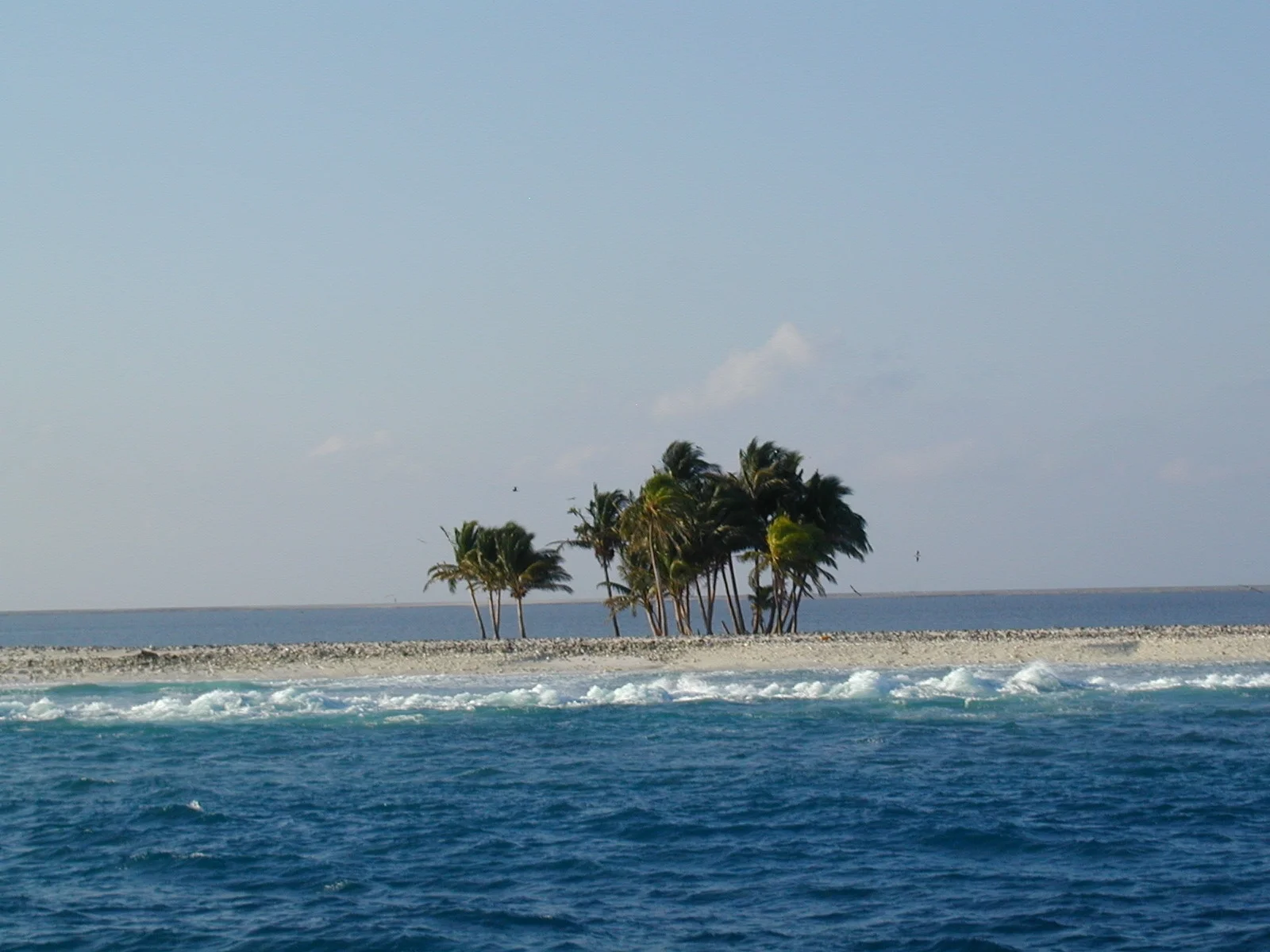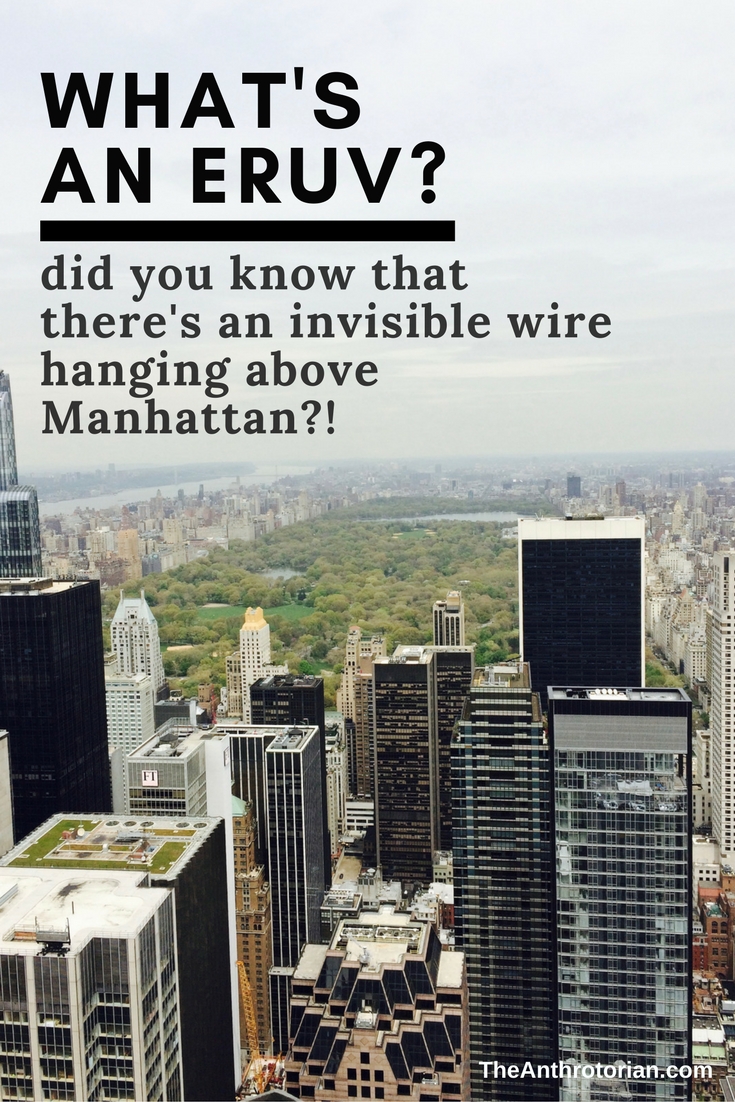Sometimes — without even realizing it — I get myself stuck in a rut, overwhelmed by the everyday, and in need of something to inspire, cut through the crap and remind me why I do what I do.
Today, the movie Tracks did just that.
If you are looking for a movie to inspire wanderlust, this is your film.
This incredible true adventure, tells the story of Robyn Davidson, an Australian woman who decided that she was going to walk through the desert from Alice Springs to the Indian Ocean — a trip of about 2,000 miles that would take her 6-7 months.
It was the '70s, and sick of the repetitious life in the city and the "self-indulgent negativity" of her generation, Davidson felt this journey was her way of seeking solitude and relating to her father who had once travelled through the desert of Eastern Africa.
“The decision to act was in itself the beginning of the journey... I believe when you are stuck in one spot, it’s best to throw a grenade at where you are standing and jump.”
When asked why she wanted to attempt such a crazy feat that would take her through deserted, waterless wasteland, her response was continuously, "Why not?"
It wasn't until she wrote to National Geographic and requested that they sponsor her trip, that things really got off the ground. They agreed to sponsor her, as long as a photographer would be able to check in with her at various times to document the trip.
So, on April 9, 1977, Robyn Davidson, four camels, and her dog set off walking.
The resulting photos (taken by Rick Smolan) and article written by Davidson are an incredible example of what true adventure photo-journalism was before the advent of the Internet and social media.
Davidson's article was so popular, that she wrote a book expanding on her incredible journey. And now, her spectacular story has been turned into this captivating film.
Mysterious aboriginal culture, outback characters, survival instincts, real-life adventure — what more could you want in a movie?! Check out the preview below. I hope you find as much inspiration in Robyn Davidson's story as I did!


















